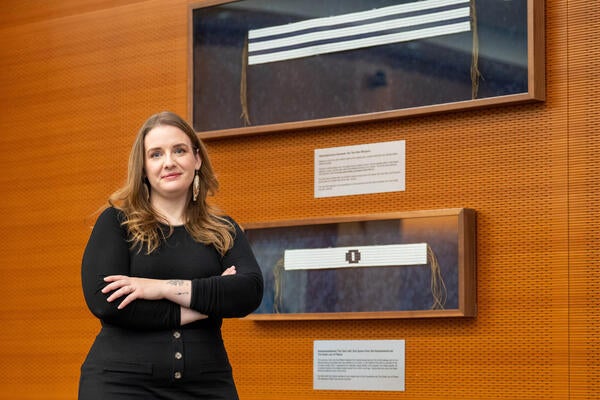
Lack of images on cigarette pack warnings and partial smoke-free laws are ineffective in Japan
The tobacco control policies of Japan are not working, according to new studies from researchers at the University of Waterloo

The tobacco control policies of Japan are not working, according to new studies from researchers at the University of Waterloo
By Media RelationsThe tobacco control policies of Japan, the world’s ninth largest cigarette market and host of the 2020 Olympics, are not working, according to new studies from researchers at the University of Waterloo.
The two studies were part of the Waterloo-based International Tobacco Control Policy Evaluation Project (ITC) and involved a survey of 3,800 smokers in Japan. Waterloo researchers collaborated with researchers in Japan on both studies, which are the first national-level evaluations of Japan’s efforts to reduce smoking.

The first study, led by Janet Chung-Hall of the ITC project, found that only 30 per cent of Japanese smokers noticed text-only health warnings on cigarette packaging and only 14 per cent read them closely. The effectiveness of text-only warnings in Japan is much lower than in countries that require large pictorial warnings, now numbering over 100.
More than half of the Japanese smokers agreed that picture warnings would be more effective.
The second study, led by Genevieve Sansone of ITC, found that the partial smoke-free laws in Japan have led to higher exposure rates to second-hand smoke in workplaces, restaurants, and bars than in countries where more substantial bans have been implemented.
“The Japanese government has been very slow to develop and implement proven FCTC policies,” said Yumiko Mochizuki, a researcher at the Japan Cancer Society and ITC member. “These two studies show that Japan must do much more to combat smoking, the number one preventable cause of death in our country, which kills 160,000 smokers a year and over 15,000 non-smokers from second-hand smoke.”
The two studies were published in a special issue of the International Journal of Environmental Research and Public Health

Read more
New research from the University of Waterloo centres Haudenosaunee-led efforts in the repatriation and reclamation of cultural and intellectual property

Read more
Researchers awarded funding to investigate ecology, climate change, repatriation, health and well-being through cultural and historical lens

Read more
New Canada Research Chairs will tackle future-focused problems from social robots and intergroup attitudes to geochemistry and nanoscale devices
The University of Waterloo acknowledges that much of our work takes place on the traditional territory of the Neutral, Anishinaabeg, and Haudenosaunee peoples. Our main campus is situated on the Haldimand Tract, the land granted to the Six Nations that includes six miles on each side of the Grand River. Our active work toward reconciliation takes place across our campuses through research, learning, teaching, and community building, and is co-ordinated within the Office of Indigenous Relations.